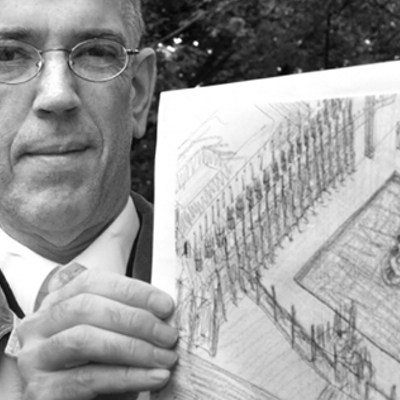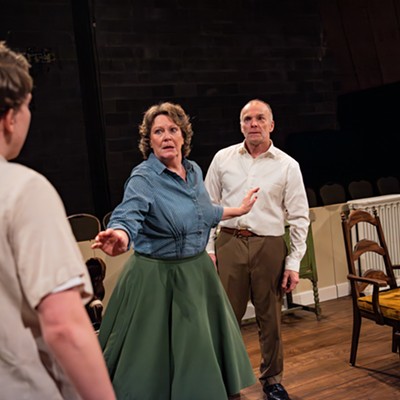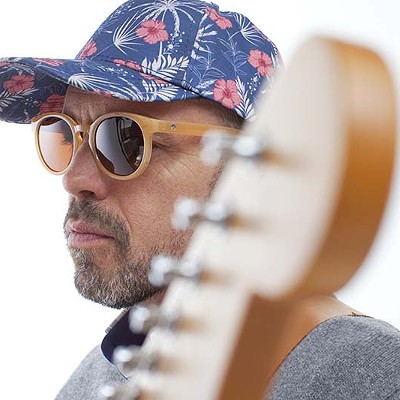"They were able to see that pigeons could distinguish between impressionism and cubism!" artist Catherine Clover quips. She's referring to a 1990s study done that tested animal intelligence by showing images of various master painters like Monet and Picasso to pigeons, gauging the birds' ability to distinguish between them. This reappears in her show opening at Anna Leonowens Gallery, Coroocoo, focussing on Clover's work with pigeons. Some of the paintings that were projected at the pigeons re-emerge in the show as postcards, together with another postcard project. "I thought this would be fun since it's an art school," she says.
Clover comes to Halifax from Melbourne, Australia, which has been her home for years, though she grew up in England. Her background is in installation and audio art, but she trained as a painter, coming to sound art less than a decade ago. Clover's interest in animal sounds began in Beijing, where she began studying insects.
"I started getting more interested in sound art, and I just started listening more carefully to everything," she says. She had done some field recordings for the multimedia class that piqued her interest: "You can only use 10 percent of any [pre-recorded] sound source because of copyright laws," she says, "so I just started doing my own. The alternative to the visual was very appealing."
Clover has done projects in China studying and recording cricket sounds at markets where singing and fighting crickets are sold, an old tradition, as well as crickets and cicadas living outdoors and kept as pets. (It was on a trip to Beijing that Clover met Halifax artist Cathy Busby, who persuaded Clover to pursue an exhibition here.)
The artist later moved on to bird sounds. "Pigeons, crows, seagulls---common birds," she says. "Everyone has an opinion---you love them or hate them. We have this ambiguous relationship with them." She points out that on arriving in Halifax, her first visit to North America, the first birds she saw were seagulls, as she would have seen at home in Australia.
Four speakers around the gallery will play Clover's recordings of herself and other (human) performers making pigeon sounds, as interpreted phonetically in naturalists' field guides. She calls some of the interpretations a bit silly, like "bucket-a-coo." Silly or not, Clover formed her recordings through repeating these sounds, as well as using whistles designed to call pigeons. She wonders whether the sounds actually trick pigeons into thinking they're hearing other pigeons, or whether it's merely a sound that attracts the birds.
The text of the pigeon sounds is also displayed on postcards Clover made. On the back, she lists diseases commonly associated with pigeons. The postcards were mailed to friends and gallery staff in Halifax, friends in Melbourne or sent in a package elsewhere in the world to post back to her in Australia. Clover collected the postcards together again for the show, on display along with her collection of pigeon leg tags, coloured rings used to identify racing or homing pigeons.
Clover is not the first artist to be captivated by the commonplace, but mysterious sounds of birds. Musicologists have theorized that the development of music stemmed from birdsong, and 20th-century French composer Olivier Messiaen worked with birdsong extensively in his compositions; other musicians have used recordings in everything from classical compositions to pop music to experimental music. "I'm interested in the everyday as inspiration for art practice," Clover says.

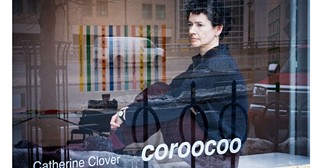
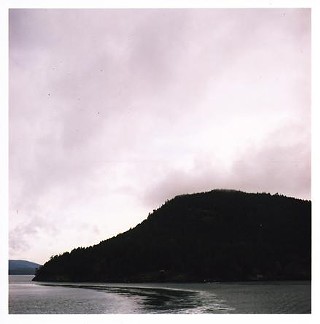
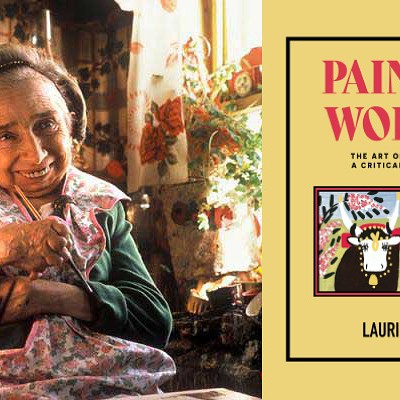
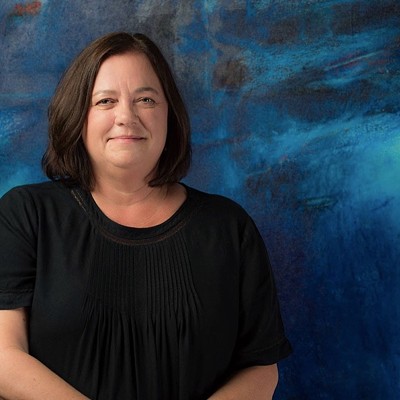
![Digging in to Max TS Yang’s COVID-inspired art show D[a]UNTING](https://media2.thecoast.ca/thecoast/imager/digging-in-to-max-ts-yangs-covid-inspired-art-show-d-a-unting/u/r-bigsquare/27550319/max_ts_yang_pinned_at_anna_leonowens_the_coast.jpg?cb=1680201675)
